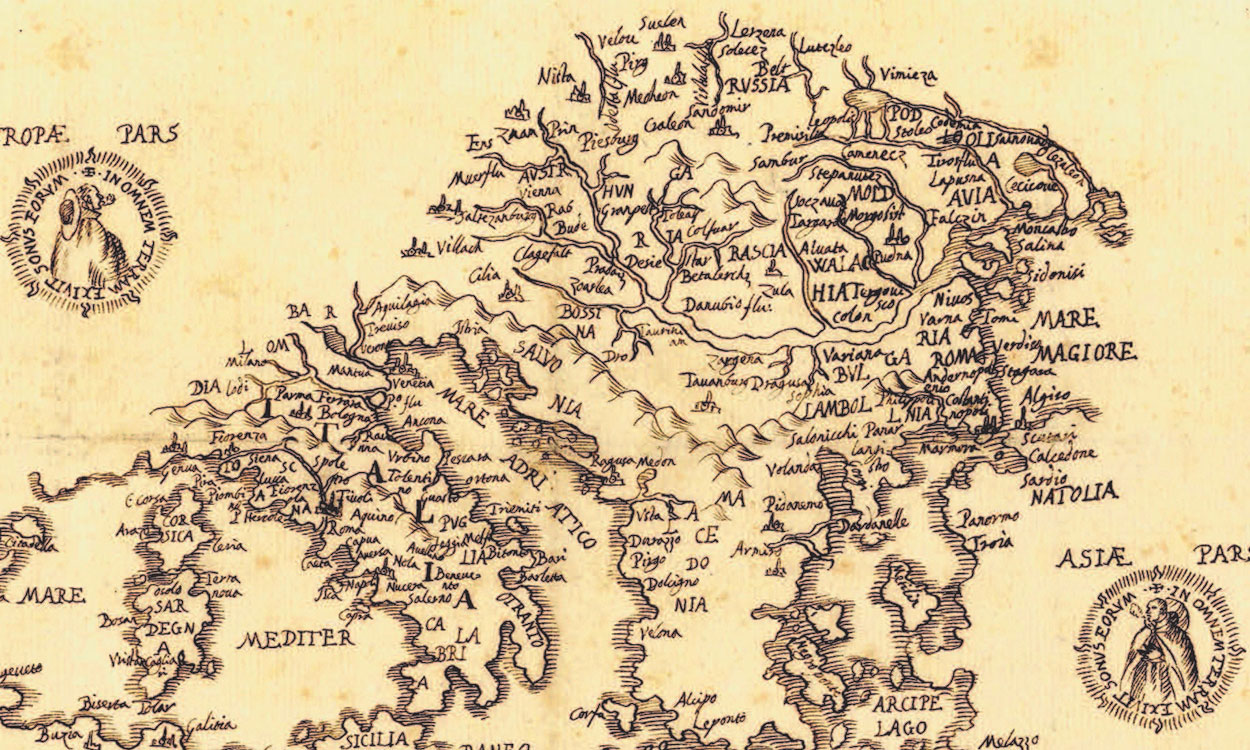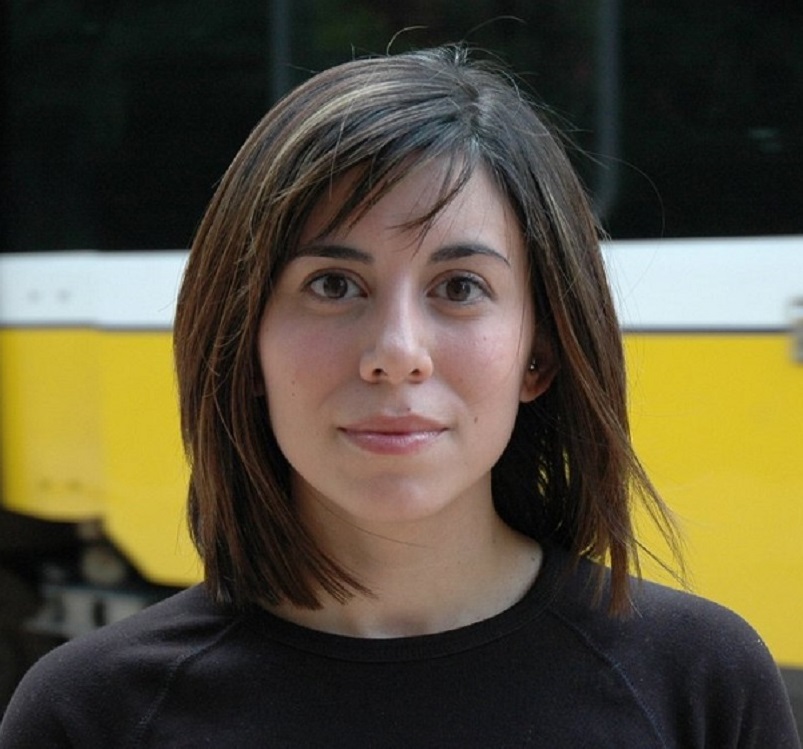History department faculty publish trio of books on diverse topics

A historic map provides the cover image of Robert Clines' "A Jewish Jesuit in the Eastern Mediterranean." (Image courtesy of Cambridge University Press)
Books by Western Carolina University History Department faculty members Mary Ella Engel, Ben Francis-Fallon and Robert Clines have been recently published on three distinct, interesting and varied topics, while all share a singular, constant theme of history.

Robert Clines
“A Jewish Jesuit in the Eastern Mediterranean,” by Clines, an assistant professor, explores the life of Giovanni Battista Eliano (1530-1589), a Jewish-born Catholic priest who served the spiritual and educational needs of Christians from Rome to Cairo.
“I first found Eliano sometime around 2010 and have been working on this book, which comes out of my dissertation, since coming to WCU in 2014,” said Clines. “I was most intrigued by how he tried to be all things for everyone: a good son, a dedicated priest, a passionate teacher, a faithful Jew and then Christian. He’s a fascinating figure because he wrote a ton of letters and even an autobiography. These texts give us a window into his mind as he tried to convert from Judaism to Catholicism.
“Reading his letters, written until about a month before his death, made me think about how hard it must have been to convert and how becoming Catholic was for him a lifelong process of trying to belong to a new identity. This was especially hard because the 16th century was an age of antisemitism and the belief that Jewish converts to Catholicism could never truly shake their Jewish past. Even as baptized Christians, they were somehow always marked as Jews.”
Engel, associate professor and head of WCU’s History Department, writes about the 1879 murder of a Church of Jesus Christ of Latter-day Saints missionary in “Praying With One Eye Open.” Joseph Standing, a Mormon elder, had traveled to north Georgia in 1878 seeking converts. “Sixteen months later, he was dead, murdered by a group of 12 men,” Engel said.

Mary Ella Engel
“The church refused to bury him in Georgia soil. Instead, he was laid to rest in Salt Lake City beneath a monument that reads ‘There is no law in Georgia for the Mormons.’ Researching his life and death revealed the complex social relationships of the community and that era. And it illuminates how this instance of mob violence was motivated by the separation of converts from loved ones as well as gender anxieties created by missionaries from a polygamous church,” she said.
“The Rise of the Latino Vote: A History,” by Francis-Fallon, an assistant professor, looks at the national emergence of Latino political power during the turbulent 1960s and 1970s, the foundations of a common political identity and how it’s transforming the electoral landscape.
“Drawing upon the archival records of civil rights activists, Latino elected officials, six U.S. presidents and a host of federal agencies, I illuminate a loose network of political actors who worked to mold all ‘Spanish-speaking Americans,’ as they first called themselves, irrespective of national origin, immigration status, skin color or even language ability, into a single minority constituency,” said Francis-Fallon.

Ben Francis-Fallon
“I analyze their myriad attempts to define this group’s public identity on the middle ground between traditional assimilation and the race- and class-conscious nationalisms of Chicano, Puerto Rican and Cuban movements. I chart their creative ventures to distribute power among their communities, which were so unequal in size. And, I uncover how their organizing altered the composition and strategies of both major political parties, producing a self-reinforcing consensus that ‘Hispanics’ constituted a civil rights constituency, statistical population and electoral bloc.”

